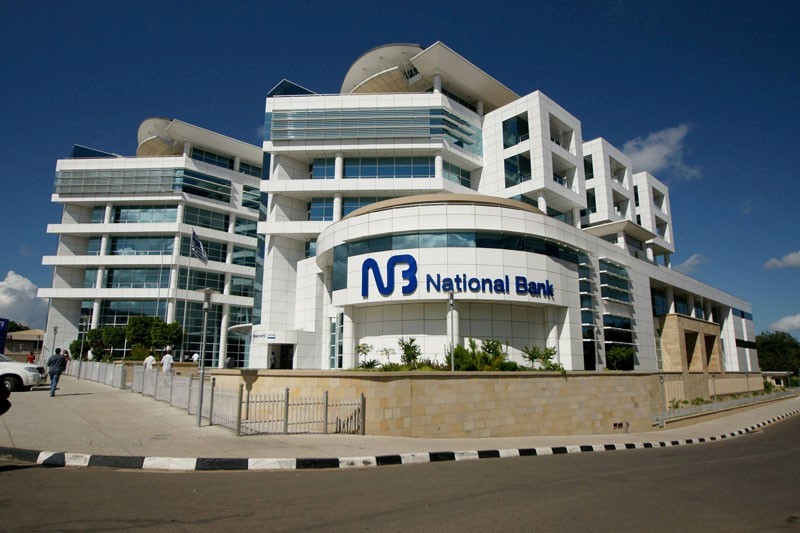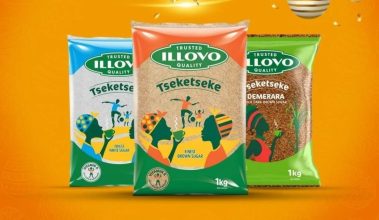Reality dawns on RBM
Reality seems to have dawned on the Reserve Bank of Malawi (RBM) as it has revised upwards the average inflation target for 2016 by 4.4 percentage points or 20 percent largely due to the risk of food inflation.
In January this year, RBM set an inflation rate target of 21 percent by end of 2016 for monetary programming purposes and is hoping to achieve a single digit inflation rate in 2018.
University of Malawi’s Chancellor College economics professor Ben Kaluwa and Catholic University head of economics lecturer Gilbert Kachamba yesterday described the year-end target as realistic, but argued it will thwart efforts by monetary authorities to adjust the policy rate, currently at 27 percent, in the short to medium term.
Malawi is currently reeling from the 12.4 percent deficit in maize, the country’s staple grain which is also the main determinant of inflation movement, due to El Nino-induced food shortage.
In a Monetary Policy Statement Number 4 released on Wednesday, signed by RBM Governor Charles Chuka, the central bank has admitted that food inflation will dictate the overall inflation developments in the next six months to December.
Reads the statement: “Inflation is expected to trend upwards due to rising food prices and the expected depreciation of the kwacha. The Reserve Bank of Malawi will focus on containing second round effects from food inflation to headline inflation.
“The bank will also intensify its communication on monetary policy issues to ensure well informed decision-making process by market players to manage and contain inflationary pressures through ill-informed expectations.”
The central bank said this will have to be supported by timely and efficient management of the food situation, as well as exercising prudence in government expenditure, which ensure a declining inflation rate trajectory into 2017.
The 2016/17 fiscal target has been putat 17.4 percent.
Currently, inflation rate is at 22.6 percent as of June 2016, according to National Statistical Office (NSO).
The central bank has put its conservative year-end inflation rate projection at 22.9 percent, banking hopes on government’s efforts to import food, which will help to tapper down food prices coupled with tightening of monetary policy to arrest second round effects of rising food prices.
In the meantime, government has set aside K35.5 billion, part of which will be used to import about one million tonnes of maize from Zambia and South America, which is yet come into the country.
Minister of Agriculture, Irrigation and Water Development George Chaponda earlier indicated that maize from Zambia will only be in the country in September.
He did not indicate when that from South America is expected in the country.
But Kaluwa said because of the upward revision of the target, the central bank will take a bit of time to reduce the policy rate, or b ank rate, which has a direct bearing on commercial bank interest rates.
He said: “Here, we see the RBM being more realistic than they have previously been. With government set to bring in maize into the country, we see this target being achieved.”
RBM has also set an ambitious target of achieving a six-month import cover in the long-term, but Kaluwa said there is need to put in place policies that could back up the six months of import cover, adding that sustaining this could be a problem.
On his part, Kachamba said unless government encourages export diversification, achieving a six-month import cover is just wishful thinking.
“Looking at how we have been performing and our export base which is too narrow, realising a six-month import cover needs robust strategies to attain the same,” he said.
Malawi’s inflation rate has largely been the highest compared to neighbouring countries.






